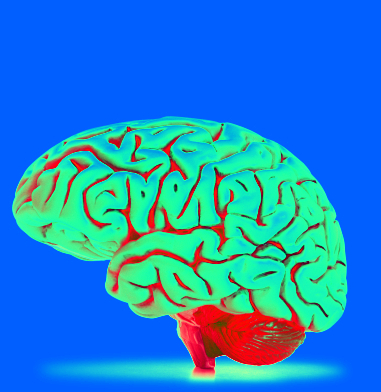Food drives quick picks
 Australian researchers have discovered that the human brain can differentiate between food and non-food items in about 1/10th of a second.
Australian researchers have discovered that the human brain can differentiate between food and non-food items in about 1/10th of a second.
For the food-obsessed, it may not be surprising that our brains are finely tuned to recognise food quickly, but the research also has significant implications for understanding how we make dietary decisions.
The study, conducted by Denise Moerel and colleagues at the University of Sydney, explored the speed at which various characteristics of food are processed by the brain.
The researchers analysed EEG data recording the brain activity of participants as they performed two different tasks involving food and non-food stimuli.
The researchers found that while the initial categorisation of items as food or non-food happens almost instantaneously, the brain takes slightly longer to process more detailed information about food.
“Our findings indicate that the brain can differentiate between food and non-food items from approximately 112 milliseconds after stimulus onset,” the study noted.
In less than a second, the brain also processes details about the naturalness of food, the extent to which it is processed, and its perceived caloric content.
These factors appear to play crucial roles in how we categorise food and make decisions about consumption.
“The neural signal at later latencies contained information about food naturalness, how much the food was transformed, as well as the perceived caloric content,” the researchers say.
The study also revealed that information about whether food is immediately ready to eat is processed more slowly and depends on the relevance of the task at hand.
This suggests that the brain prioritises certain food-related information over others depending on the context.
The research, published in the Journal of Neuroscience, sheds light on the intricate and rapid processes involved in food recognition and categorisation.
Its authors say it shows the importance of visual cues in dietary decision-making and provides a deeper understanding of the neural mechanisms underlying our food choices.








 Print
Print